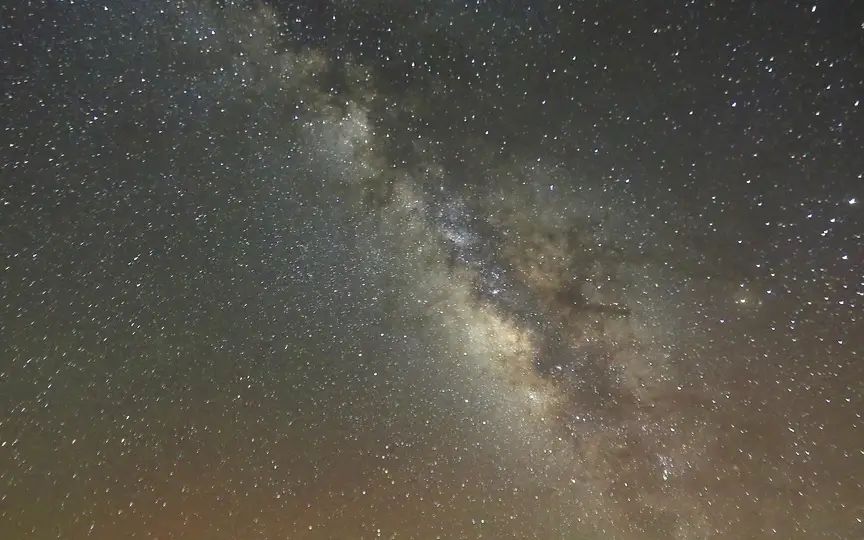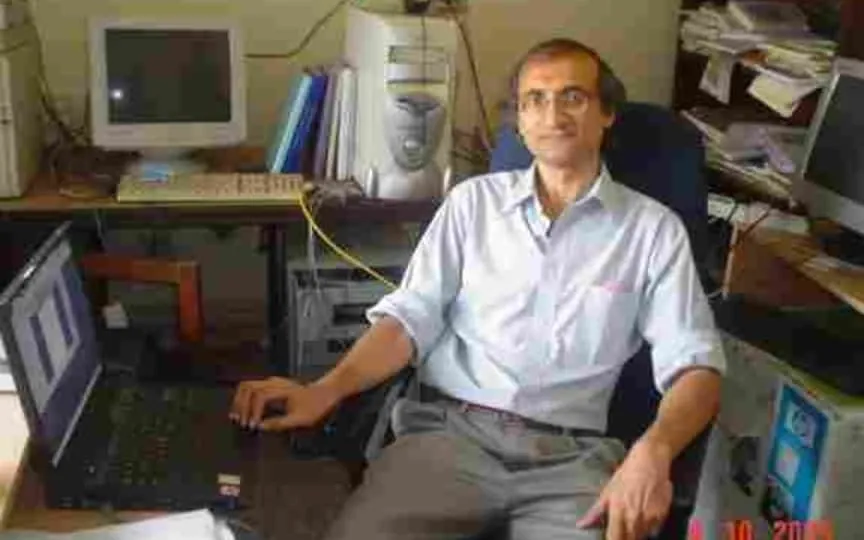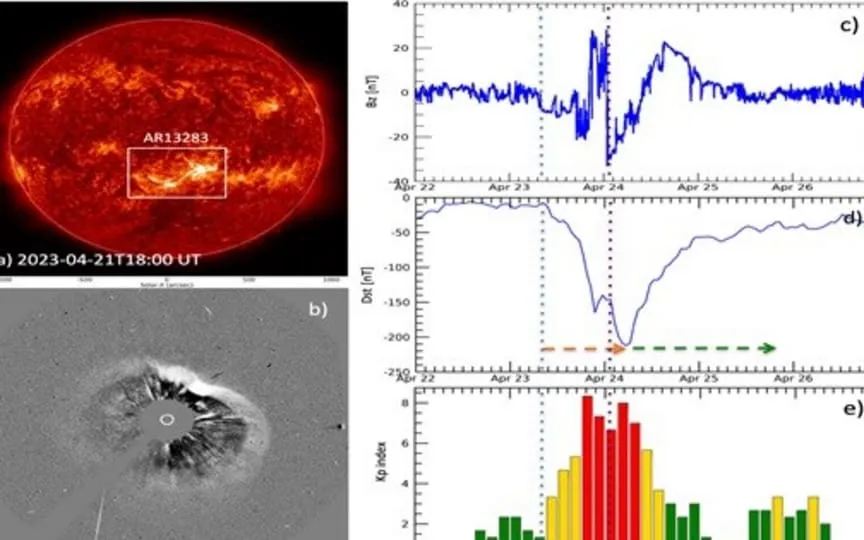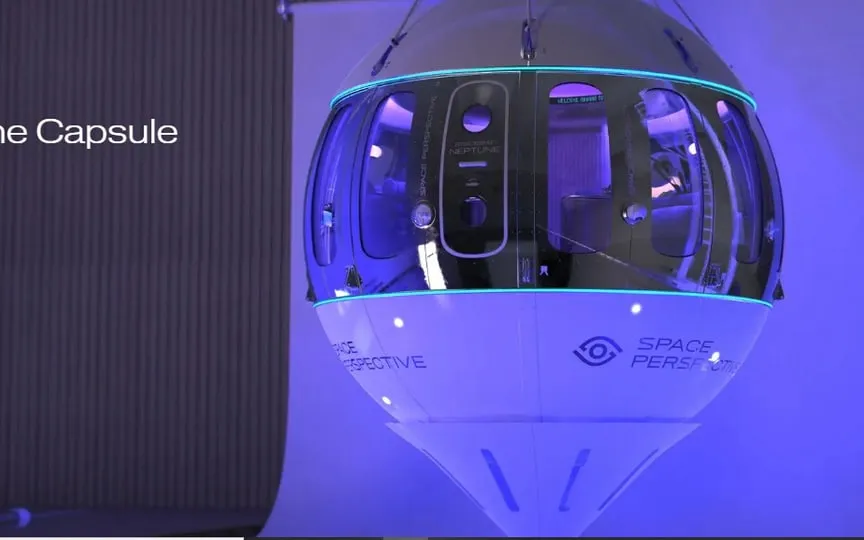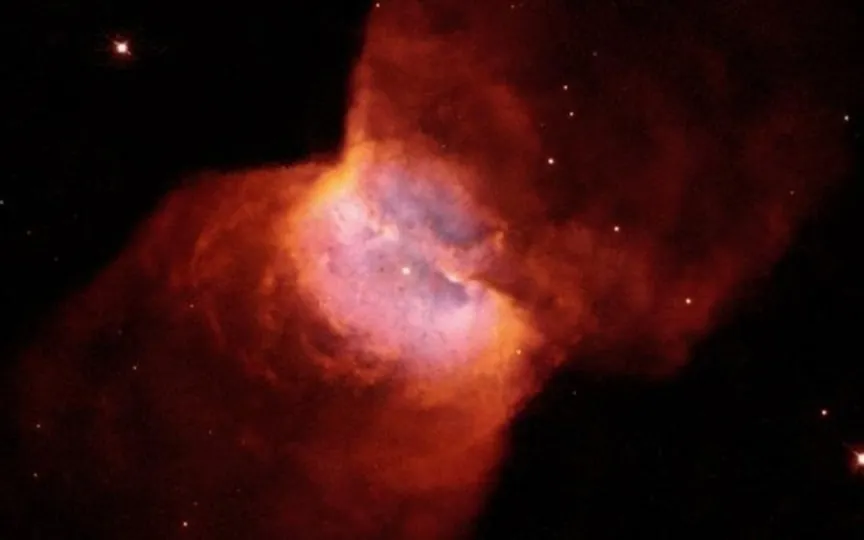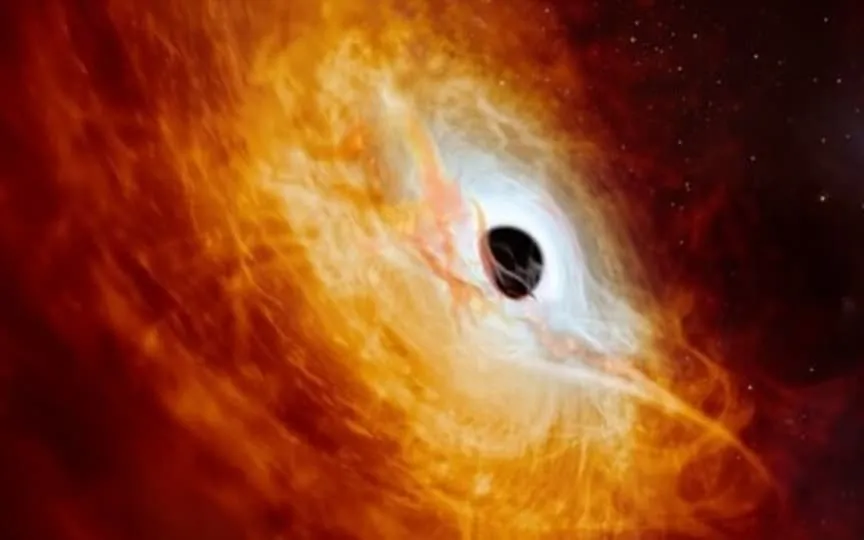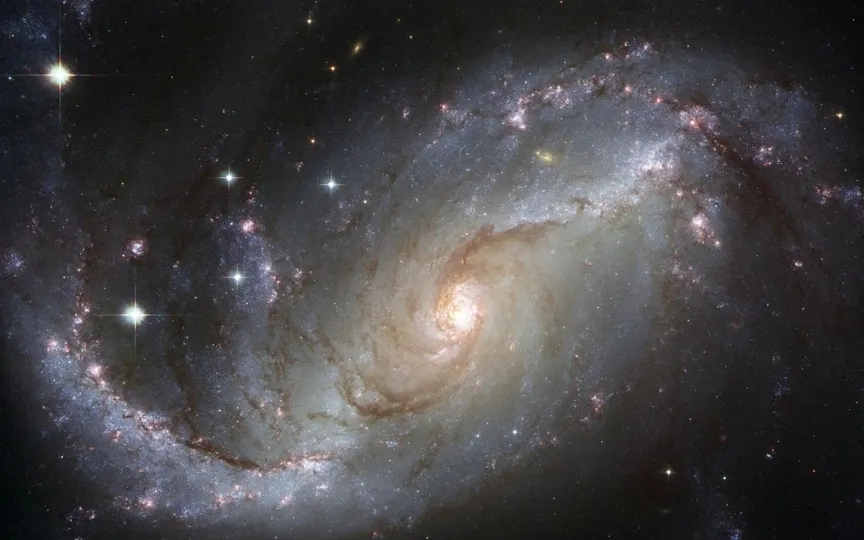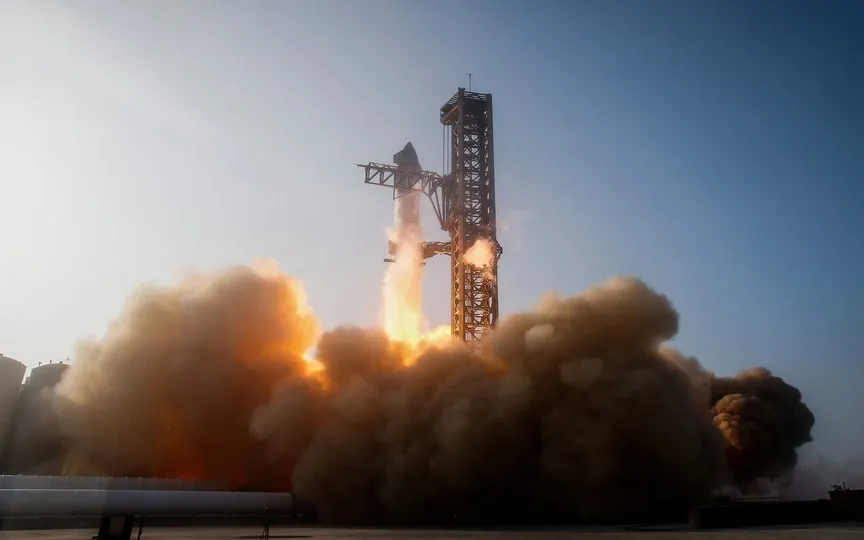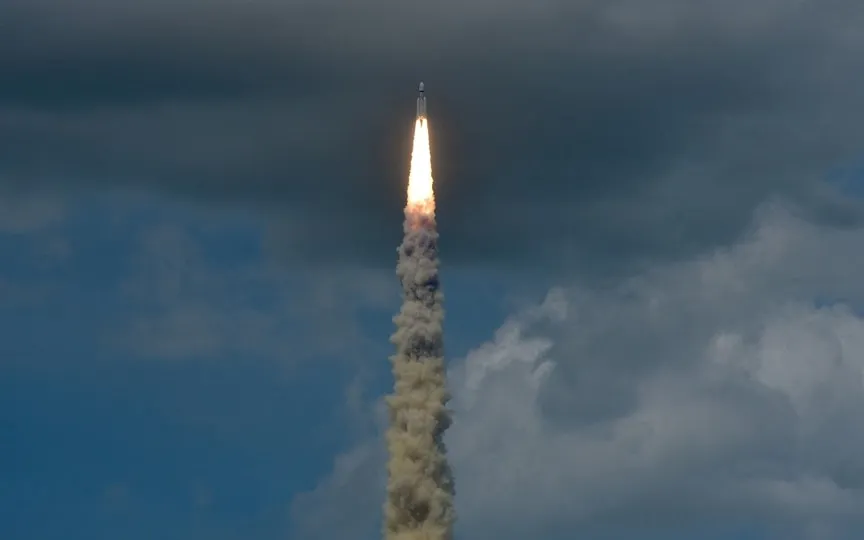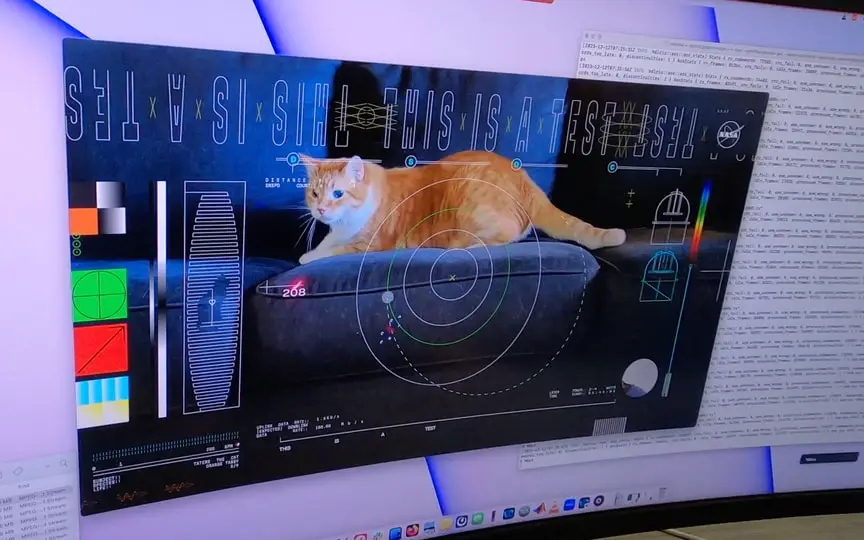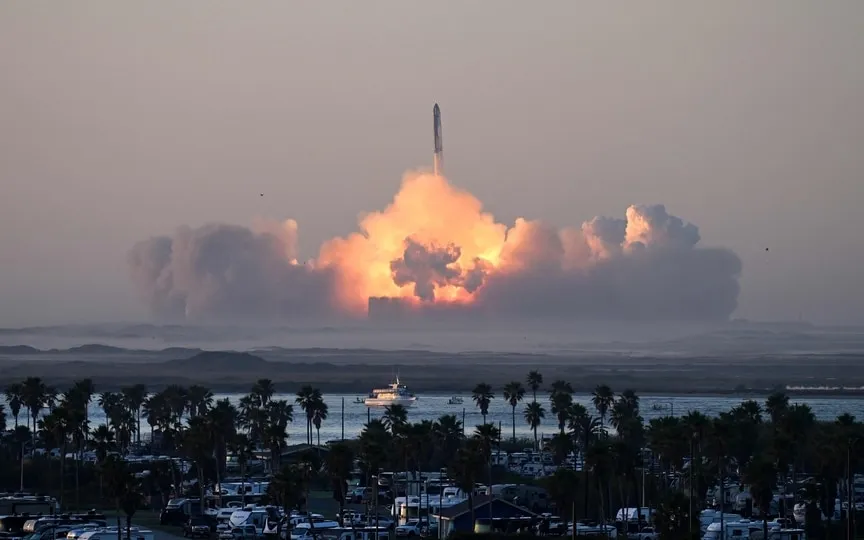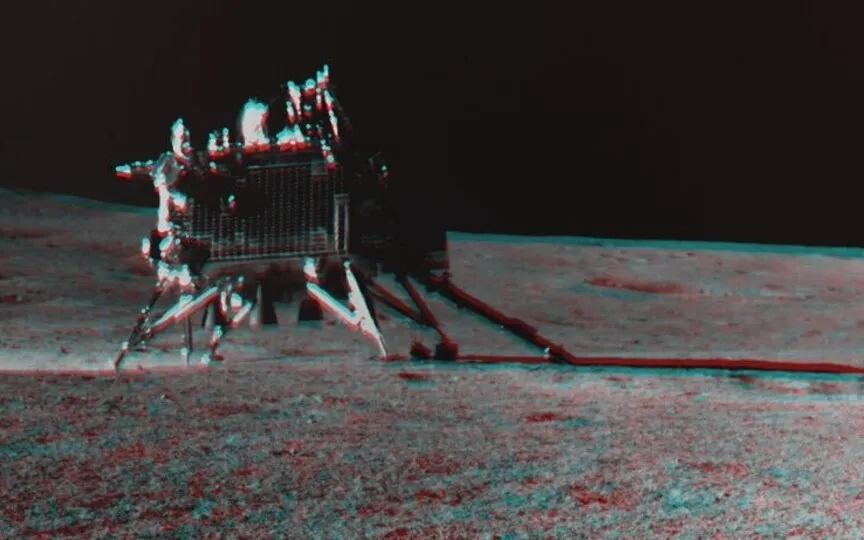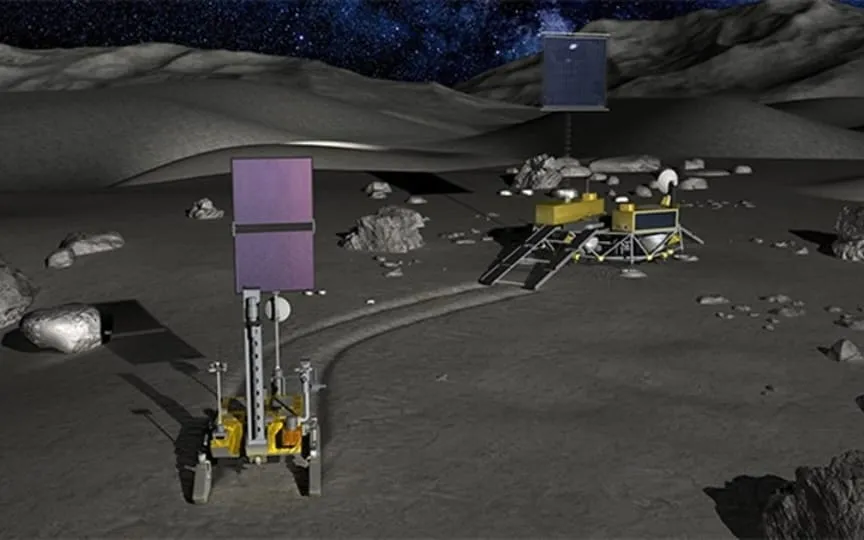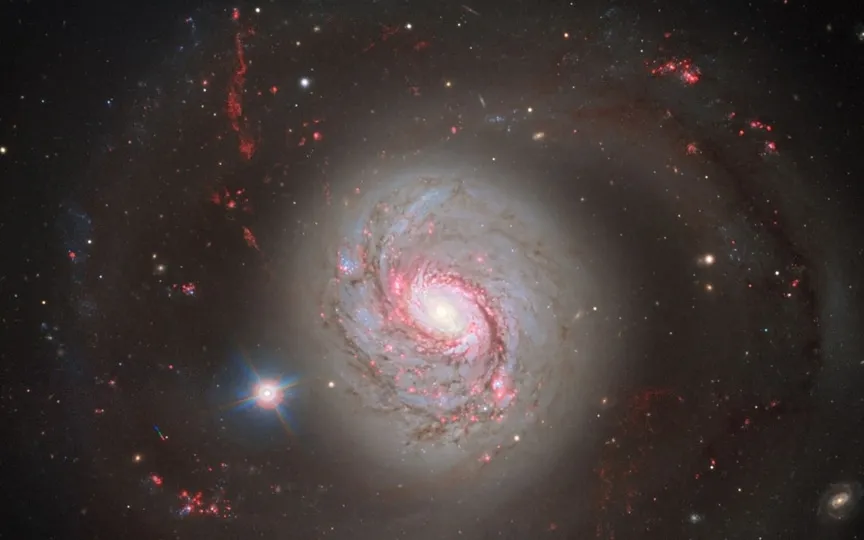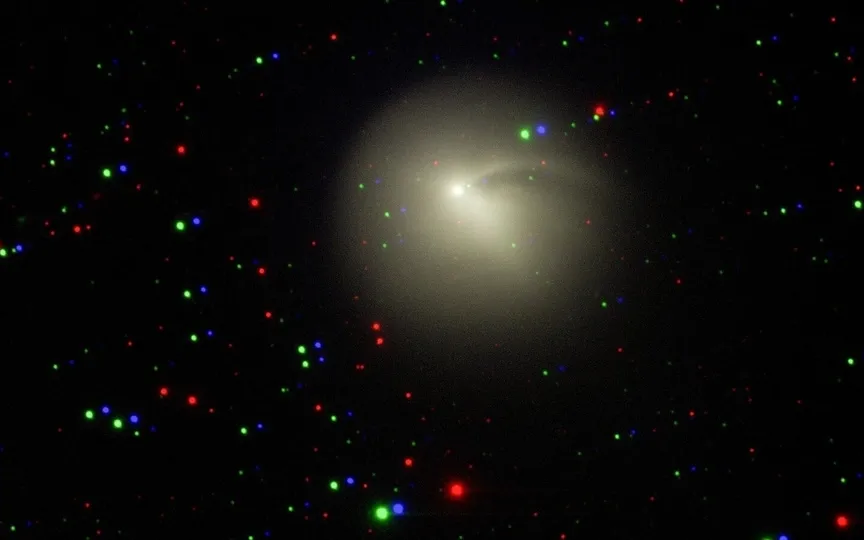NASA has found six new exoplanets: Learn about fascinating details of super-Earths and rare hot Jupiters
NASA has reached a major achievement by verifying the existence of six new exoplanets: HD 36384 b, TOI-198 b, TOI-2095 b, TOI-2095 c, TOI-4860 b, and MWC 758 c. This finding increases the total number of confirmed exoplanets beyond our solar system to 5,502, representing a significant step forward in our comprehension of the cosmos and the possibility of alien life. Background from Exoplanet Discovery The search for exoplanets began about 31 years ago, when the first exoplanets, Poltergeist and Phobetor, were confirmed to be orbiting the pulsar PSR B1257+12…
Read More


